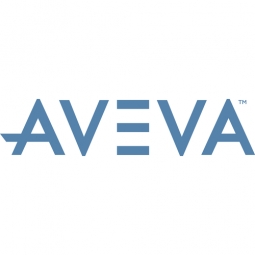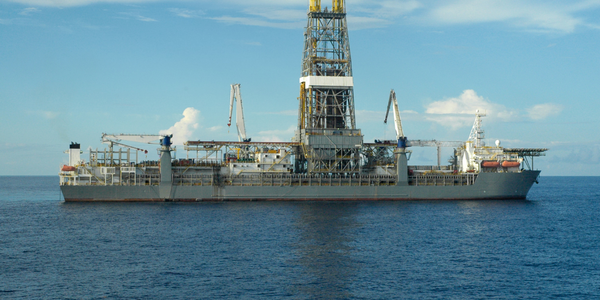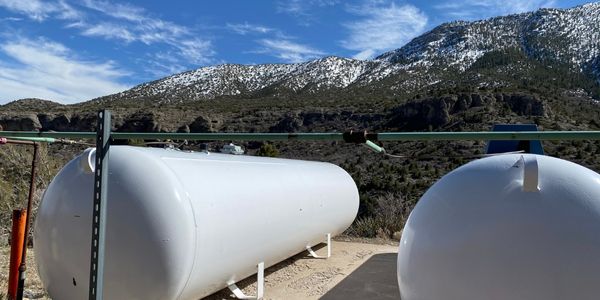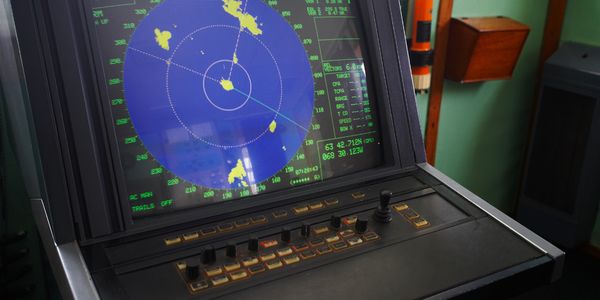AVEVA software enables China’s AVIC to design and build new, complex vessels in a global partnership

公司规模
Large Corporate
地区
- Asia
- Europe
国家
- China
- Finland
产品
- AVEVA Initial Geometry
- AVEVA Hull Detail Design
- AVEVA Hull Structural Design
- AVEVA Assembly Planning
- AVEVA Outfitting
- AVEVA Marine Drafting
- AVEVA Cable Design
- AVEVA Outfitting Support
技术栈
- 3D modeling
- Parametric design
- Marine-specific design
- Planning software
实施规模
- Enterprise-wide Deployment
影响指标
- Digital Expertise
- Productivity Improvements
技术
- 应用基础设施与中间件 - 数据交换与集成
- 应用基础设施与中间件 - 数据可视化
适用行业
- 海洋与航运
适用功能
- 离散制造
- 产品研发
用例
- 协作机器人
- 预测性维护
- 视觉质量检测
服务
- 软件设计与工程服务
- 系统集成
关于客户
AVIC International Ship Development (China) Company Ltd, headquartered in Shanghai, is part of AVIC International Holding Company, which operates two shipbuilding bases in China AVIC Weihai Shipyard and AVIC Dingheng Shipyard. In 2012, AVIC acquired the Deltamarin Group of Finland, which has over 25 years of experience in providing ship design, offshore engineering and construction support for marine and offshore industries worldwide. AVIC Ship was established in 2013 to integrate and combine the shipping business and interests of AVIC International. The team brings over 20 years of experience in the design and build of bulk cargo ships, container vessels, multi-purpose vessels, oil tankers, liquefied gas carriers and chemicals vessels. The company offers a comprehensive vessel management service to domestic and international customers, including trading agency services, supply chain management, funding, joint investment project supervision ship leasing and engineering, procurement and construction (EPC) for ports and repair yards as well as shipbuilding.
挑战
AVIC International Ship Development Company, part of AVIC International Holding Company, operates two shipbuilding bases in China. The company had been relying on local design software developed in China, which was adequate but lacked the sophistication of design tools offered by competitors in the shipbuilding sector. This was restricting the company’s growth in the cost-constrained market. In 2016, the company began an innovative strategic transformation to evolve from traditional commercial ship design to focus on higher-value vessels to build competitive advantage. AVIC won a construction contract for a new Stena RO-RO, 3100m long vessel, with a passenger capacity of 930. This huge project was a milestone for the Weihai Shipyard and the team came to understand that using their established locally-sourced design technology did not provide the integration, scalability and innovative tools they needed to deliver efficient design and to enable productive collaboration with their Finnish partners, Deltamarin, who were carrying out the detailed vessel design.
解决方案
AVIC management adopted AVEVA’s integrated design and engineering tools, tailored to the marine industry. With AVEVA’s help, AVIC has boosted collaboration across their global team and improved operational efficiency, achieving their ambition to become a specialist in high-value vessel construction. The AVIC team adopted AVEVA Global technology which allowed them to synchronise the design data from Deltamarin with their own systems at an early stage. The teams were trained in the new systems and were operational within just six weeks. AVIC International then validated the software by test and demonstration in just three months. As a result, all the teams working on the Ropax project could contribute information to a common data repository, which was shared throughout the design and operational group, no matter where they were located in the world. Other AVEVA Marine products were then introduced as required, to support detailed design and marine engineering functions. By using the AVEVA Marine suite, AVIC efficiently carried out the detailed structural design of the hull and produced 3D layout and detail drawings of all outfitting, eliminating clashes by using an integrated data repository that they shared with Deltamarin. Extensive use of parametric design further improved efficiency and saved design time, enabling the team to deliver the project swiftly and efficiently.
运营影响

Case Study missing?
Start adding your own!
Register with your work email and create a new case study profile for your business.
相关案例.

Case Study
Drill ship power challenge: hybrid solution solves distribution issues
Aspin Kemp & Associates (AKA), a manufacturer of electrical power and control systems headquartered in Montague, PEI, encountered one with its hybrid power initiative, the first hybrid drill floor destined for installation on ultra-deepwater drill ships operated by Transocean, Swiss offshore drilling contractors. Since on-site modification was impossible and scrap recycling of any modifications was unacceptable, the enclosures had to arrive ready-to-install.

Case Study
Ensures Tanker Safety and Emissions Compliance
Storage tanks are irregular in shape and a certain amount of mathematical modelling is required to get an accurate representation of volume and, more importantly, the weight of material in each tank. In addition, countries have different emission regulations, so the ships position needed to be accurately known in order to geotag emission data.

Case Study
Real-time Networked Sonar System for Ships
A multinational, knowledge-based corporation that delivers marine electronics solutions is utilizing industrial Ethernet technology to help ensure that operations at sea are dependable and optimal. Based in Europe, the company has nearly 4000 employees working in 20 countries around the world, and produces high-tech systems for offshore oil and gas operations, merchant marine systems, and various applications for the defense and aerospace industries. The company produces products and systems used by merchant vessels and offshore installations for positioning, navigation, automation, as well as for surveying and monitoring the seabed, and for fishing vessels and fi sheries research. As one of the major suppliers of high quality marine electronics in the world, their products include chart plotters for yachts, triple redundant dynamic positioning systems for oil drilling rigs, and sonar and instrument systems for scientifi c research vessels. Products used for marine applications must be rugged enough to endure the corrosive effects of salt water, and be able to withstand excessive amounts of vibration and shock. For this reason, the company only uses DNV and GL certified products and components to ensure that their systems can meet the high standards required by the maritime industry.

Case Study
Fleet Management Connectivity Solution for Marzam
Marzam, in order to ensure the best service, invested 3 million dollars in the construction of 2 fuel oil tanks with 40k gallons and 10k gallons capacity each, located in Manta, Ecuador. The customer needs to keep fleet operations going with fuel available at all times in order to guarantee quality of service. KEY ELEMENTS FOR THE CUSTOMER: Real-time level monitoring: Tank infrastructure remote level monitoring. Configure alerts and notifications when reaching critical values to avoid the need for emergency refills and optimize supply schedules. Real-time consumption monitoring: The customer needed an easy way to monitor in real-time accurate values of consumption.

Case Study
Mitsubishi Electric's Edge Computing Solution Powered by Wind River VxWorks
Mitsubishi Electric Corporation, a global leader in factory automation (FA) applications, identified edge computing as a critical component of the Industrial Internet of Things (IIoT). The company aimed to enhance device and data security, reduce data traffic to the cloud, and enable faster response to network or device issues. In 2018, Mitsubishi Electric launched its first line of industrial hardware products designed for edge computing, the MELIPC Series. The primary development goals for MELIPC were to support the type of edge computing promoted by Mitsubishi Electric and to introduce advanced vision technology for device control. The flagship computer of the MELIPC line, the MI5000, was designed to combine real-time equipment control with high-speed data collection, processing, diagnosis, and feedback in a single machine. However, the development team needed a real-time control platform that could seamlessly integrate real-time control with proven analytic and diagnostic applications.

Case Study
Migrating to Software-Only Licenses for More Responsive License Management
The world’s premier shipping companies work with the software solutions of ABB Marine & Ports to get their vessels safely and efficiently to their destinations. A loyal customer of Wibu-Systems for over a decade, ABB has been relying on CodeMeter dongles to store the license keys for their ABB AbilityTM Marine Advisory System - OCTOPUS.The current version of the system is using Wibu-Systems’ robust metal-case CmStick ME, a perfect choice for the rugged conditions at sea. As satellite communications has made fast Internet connections at sea a common reality for maritime operators, the company is looking to move from physical to software solutions to streamline its logistics processes.


